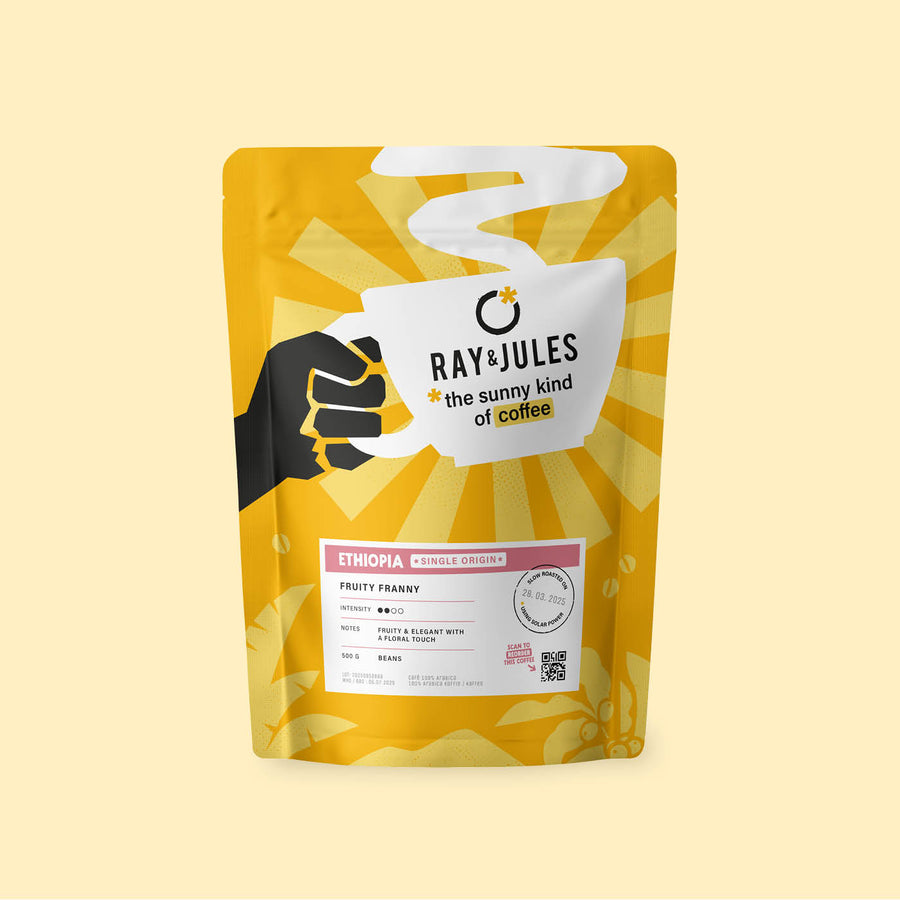Deeper social ethics
Sarah says: The story of this coffee began in July 2022 when I listened to a podcast about coffee where Sebastian Wiersma talked about his work in the Cafesmo cooperative in the Ocotepeque region, Honduras. His story intrigued me because he first did years of social work with street children in extremely poor neighbourhoods. For me, it was particularly nice to see someone make the switch to the coffee sector but with a deeper social ethic as a background.
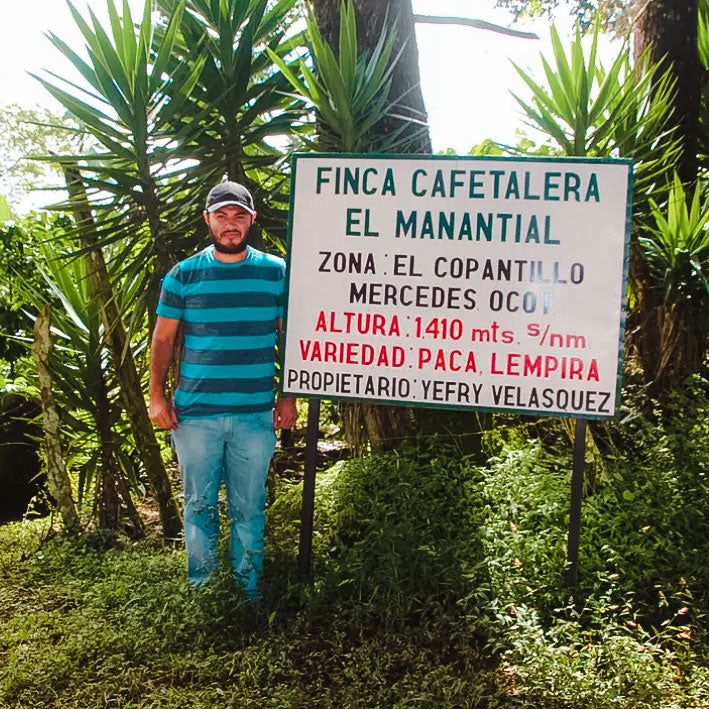
start with an initial collaboration
I contacted Sebastian via email and soon we organised a few calls. A few months later, he was at our roastery in Hamme-Mille with a delegation of Hondurans from Cafesmo. They were enormously curious about and enthusiastic about our solar roaster. We agreed to start a first collaboration for the then harvest to buy a few bales of coffee from Yefry (Sisters' Surprise). The following year, we would look further into the possibilities.
The communication between us and Cafesmo was wonderfully smooth and sincere, the quality of Yefry's coffee was top-notch, and in late 2023 I started making plans to visit Honduras in addition to Guatemala to get to know Cafesmo up close and in ‘real life’. In the meantime, we were allowed to receive quite a few samples and the idea grew of buying a serious quantity of coffee from them to make its way into our regular range.
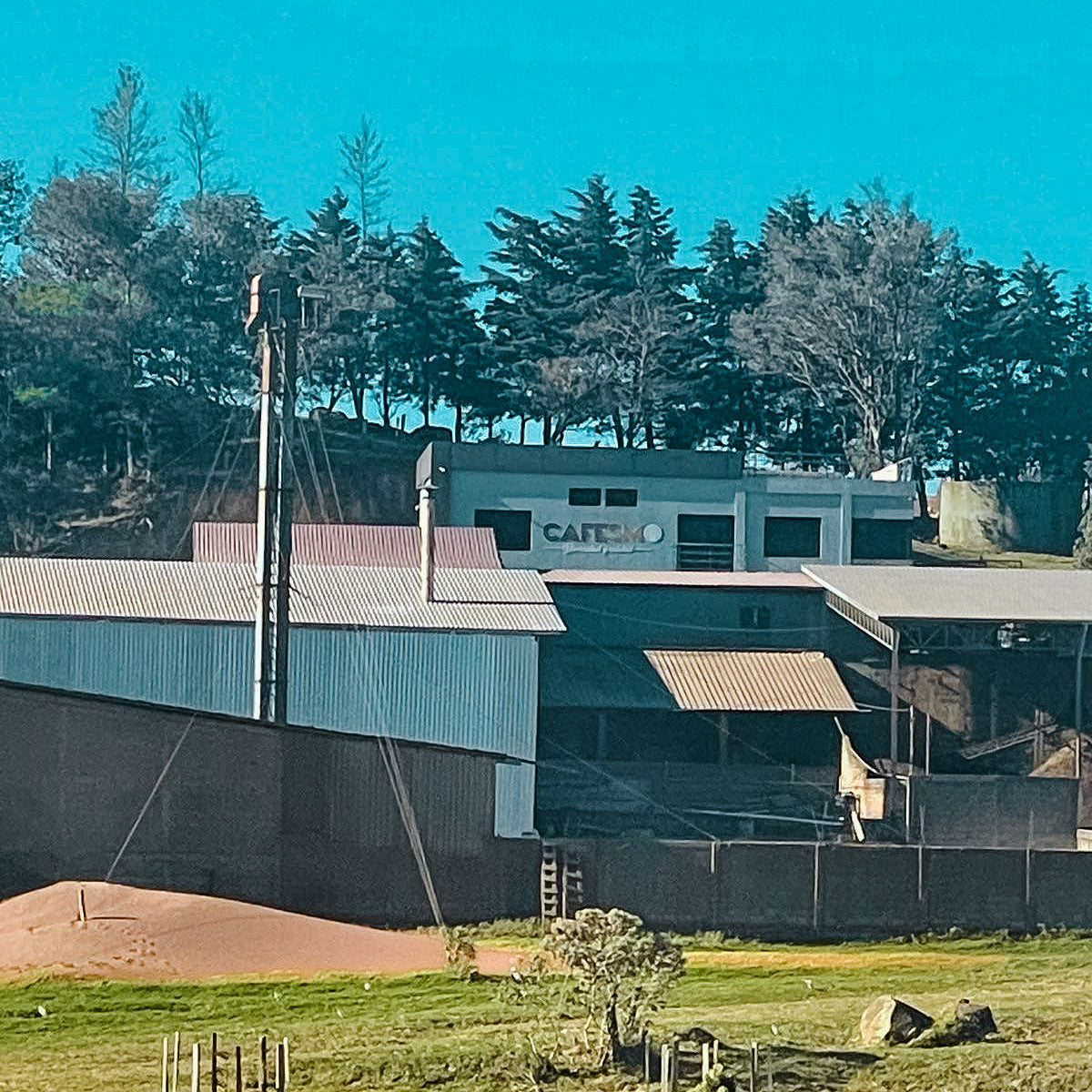
Common ambition
Sebastian initially laughed a bit at my grand plan to visit both countries in 2 weeks, but it worked out and so it did. In late February 2024, I was met by Sebastian at the Guatemalan-Honduran border and our adventure began in Ocotepeque. We spent hours together in the car as the drives were long and the trail bumpy. Coffee has many sides and the social dimension (or rather; lack thereof) soon proved to be a common ambition.
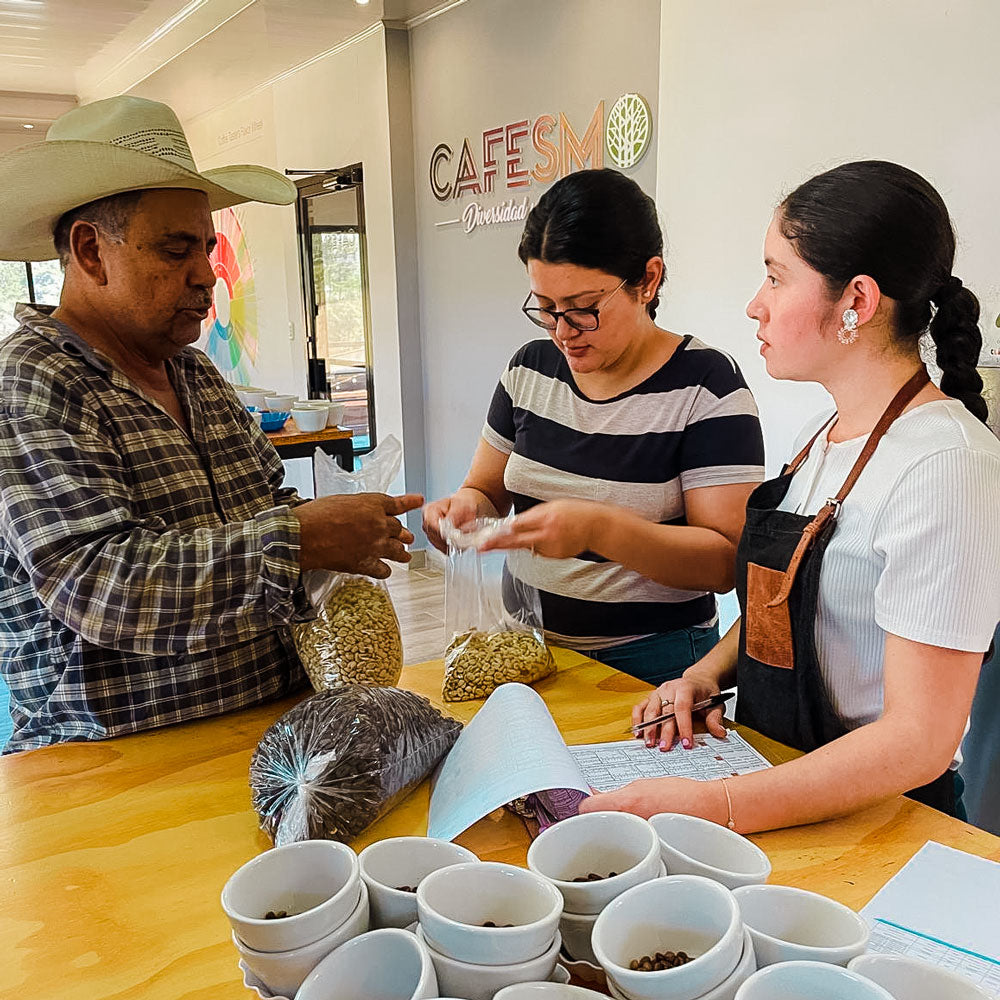
A dusty lane past beautiful landscapes brings us to Cafesmo's new office building - built with support from the World Bank. They also have a washing station there where farmers, who do not have the machinery at home, can go to depulp, wash and dry their coffee berries.
The team at Cafesmo welcomed me with time and delicious coffees. I tried to remember the names of these enthusiastic 16 people; half the team are women and the average age must be somewhere in the early 20s. Quite a few have their own coffee farms or are still helping out on their parents' farms. They may be young, but what professionalism and drive!
Half the team are women and the average age must be somewhere in the front 20s.
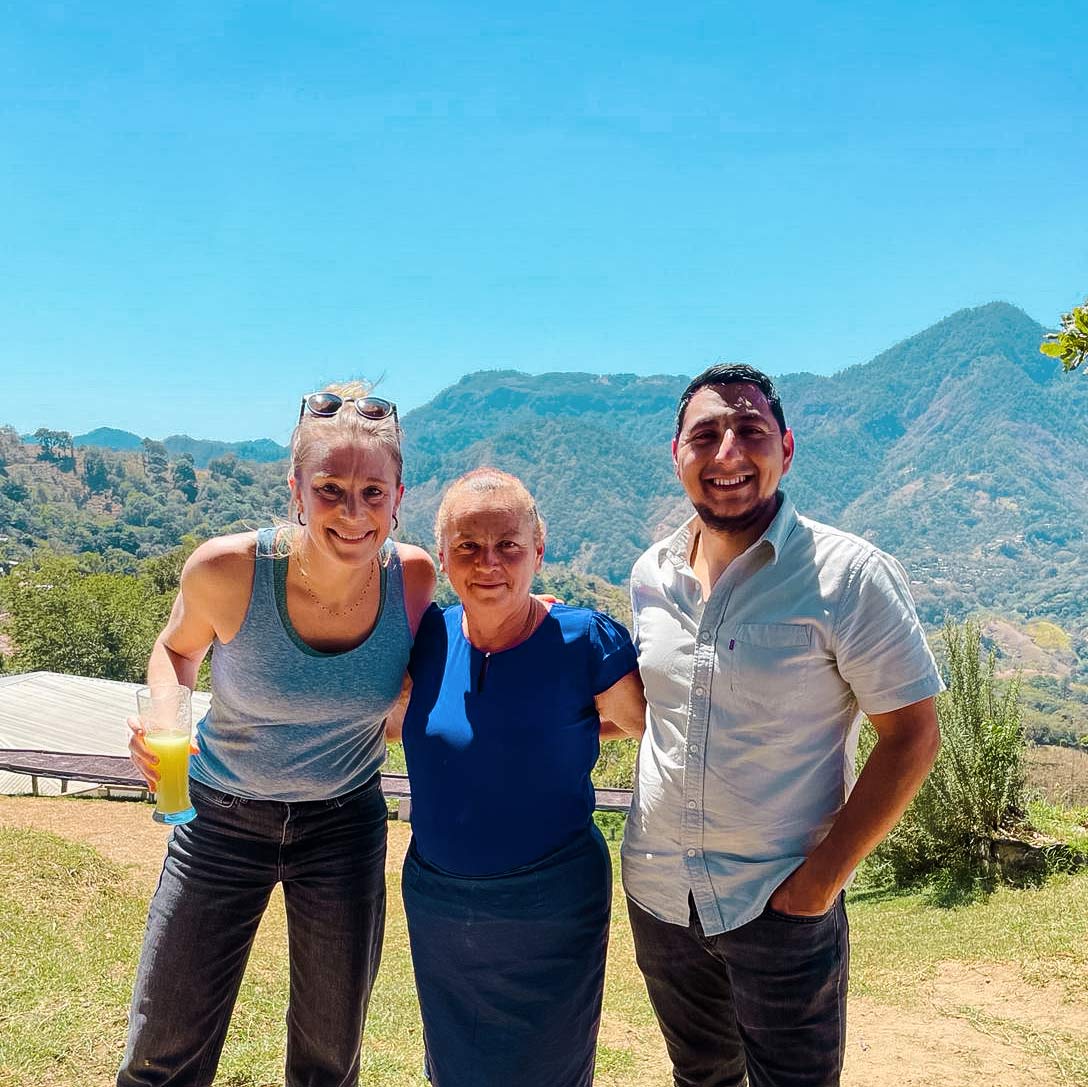
Hidardo, the heart of Cafesmo
This team is led by Hidardo, he too grew up on his parents' farm, but fled to the United States because there was/is little money to be made in coffee. Hidardo eventually returned to his ‘roots’ with an ambition to do things better and differently in coffee farming. He took me to his plantations and told me about the plants with great passion and detailed knowledge. Coffee quality is very important to him and he loves to experiment on his own farm. Hidardo is looking for people for his team who are passionate like him.
Cafesmo involves its member farmers as much as possible in decision-making, organises training on processing methods, agroforestry farming practices and seeks to create more market access. Today, 247 farmers are affiliated with Cafesmo, all small-scale producers who now also grow organically. Several times a year, these farmers receive technical assistance from Cafesmo and training sessions are regularly organised on specific themes.
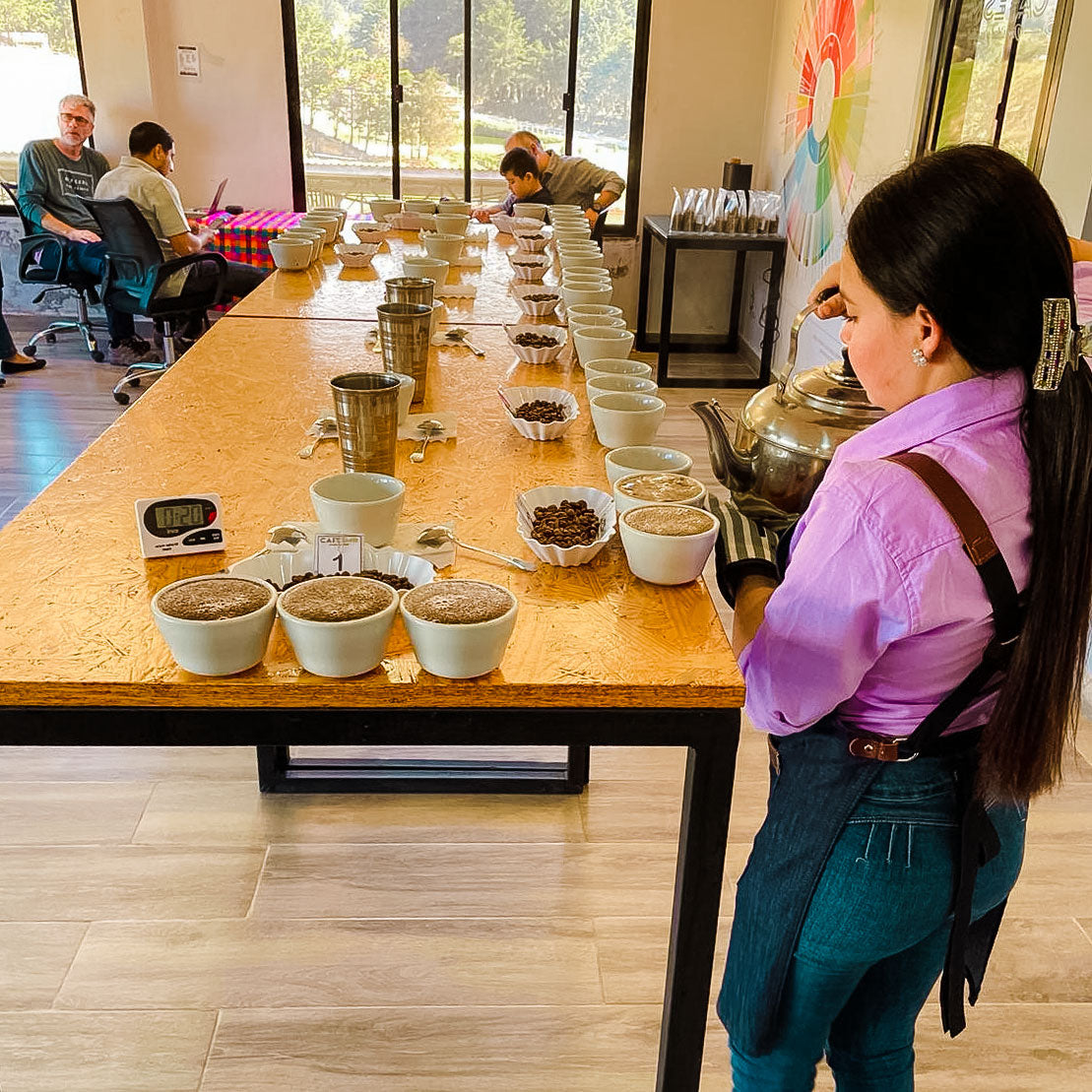
Meanwhile, together with our team in Belgium, I had already selected a coffee, based on samples Sebastian had sent earlier, the coffee we will launch under Preview Honduras. This was put on the cupping table with quite a few other gems (from which I also chose one from a female producer Emmelina to launch as Sisters' Surprise later this year). I was happily confirmed in our earlier verdict for this Preview and this time got the full story to go with it. This is a ‘blend’ to which 17 products contribute. Together accounting for 17 tonnes this year, of which we purchased a fat 10 tonnes.
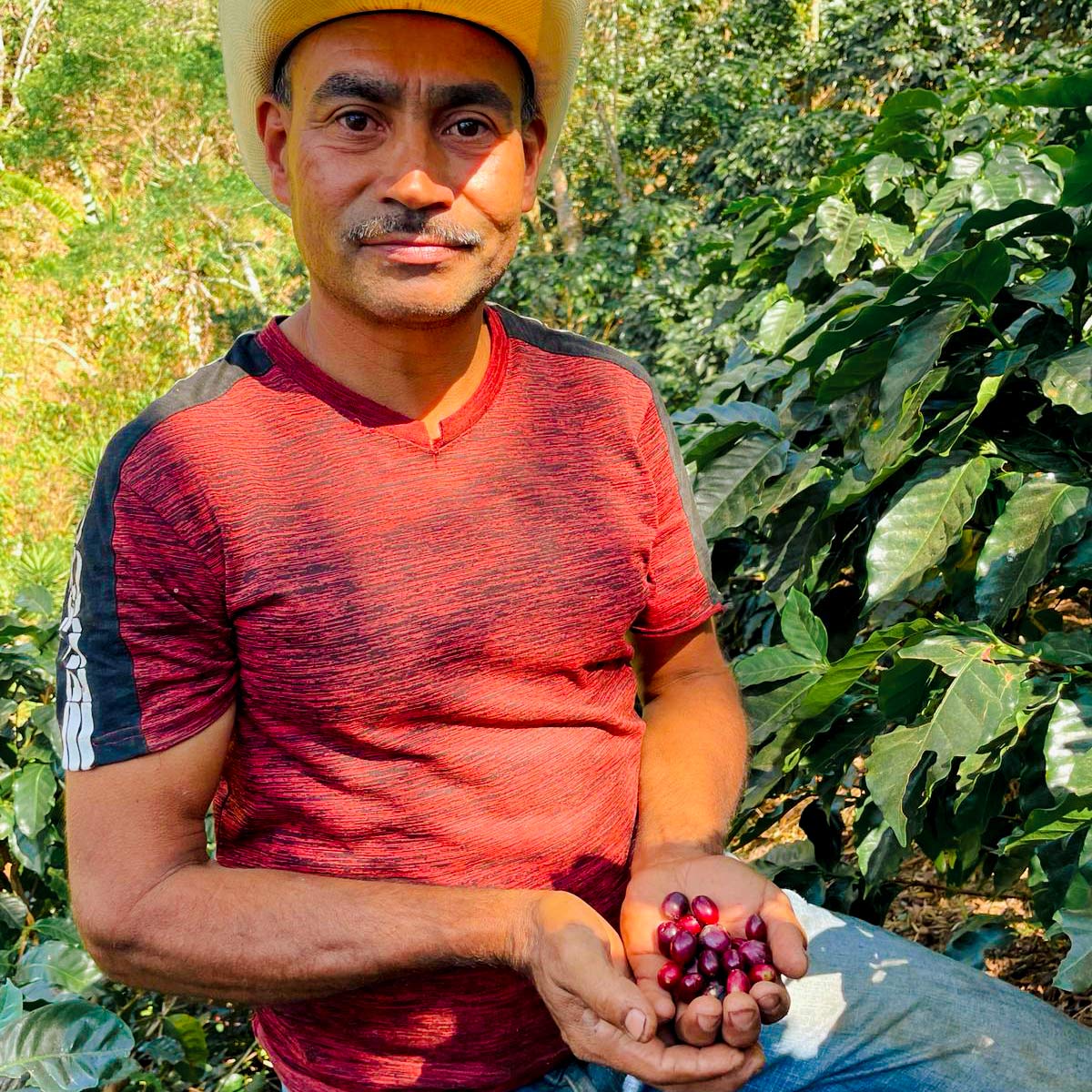
Paying farmers a visit
This blend is put together by their quality people with an eye on a particular flavour profile. The 17 producers are farmers with an average of 2-3 hectares of land where they grow other crops besides coffee plants around and around Mount Erapuca, hence the name ‘Erapuca blend’. I asked the people from Cafesmo if it was possible to visit some of these 17 people and not much later we set off. These farmers were not notified of my arrival and often we had to look for them in the plantations.
The first Erapuca farmer I met was Don Mario, who was busy with his machete in the field. Besides coffee plants, large native old shade trees and banana, orange, mango and avocado trees, we also saw a lot of chickens, 3 cows and several beehives. At first, Mario was shy, but soon he started telling hundreds of stories.
Sebastian and co left me alone with Mario and what immediately struck me was how positive he talked about (the people ánd support of) Cafesmo. He told how difficult it was before Cafesmo. He used to not know if he would sell (all) his coffee, let alone at what price... Don Mario lived with his parents in a very remote area, which made selling coffee difficult. With no money for textbooks or bus transport, he had to quit school at the age of 12 and work on the farm. As soon as he could, he left for the US on a mission: to save money for his own ‘finca’ in a more accessible area.
Before Cafesmo, Mario did not know whether he would sell (all) his coffee, let alone at what price...

In 2005, he succeeded and together with his wife, he now has 2 hectares of land. Surrounded by females: 4 daughters, his own wife and his mother, he lives in a modest, run-down cottage surrounded by his plantations. Proud and happy with the freedom of being his own boss and generating enough income for the family. He enjoys the beauty of nature, he says. His favourite days are those when the coffee plants are in bloom. The scents and aromas you are in then are ‘heavenly’, he says with a blissful smile. As a farewell, we were given another big plate with the most delicious honey I have ever tasted and took some more photos with these beautiful people.
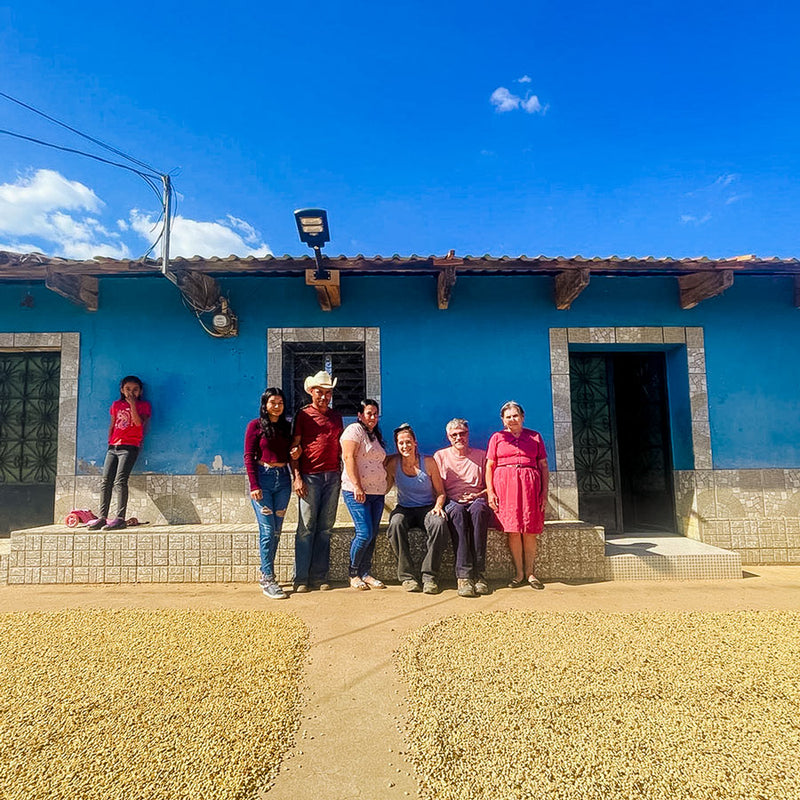

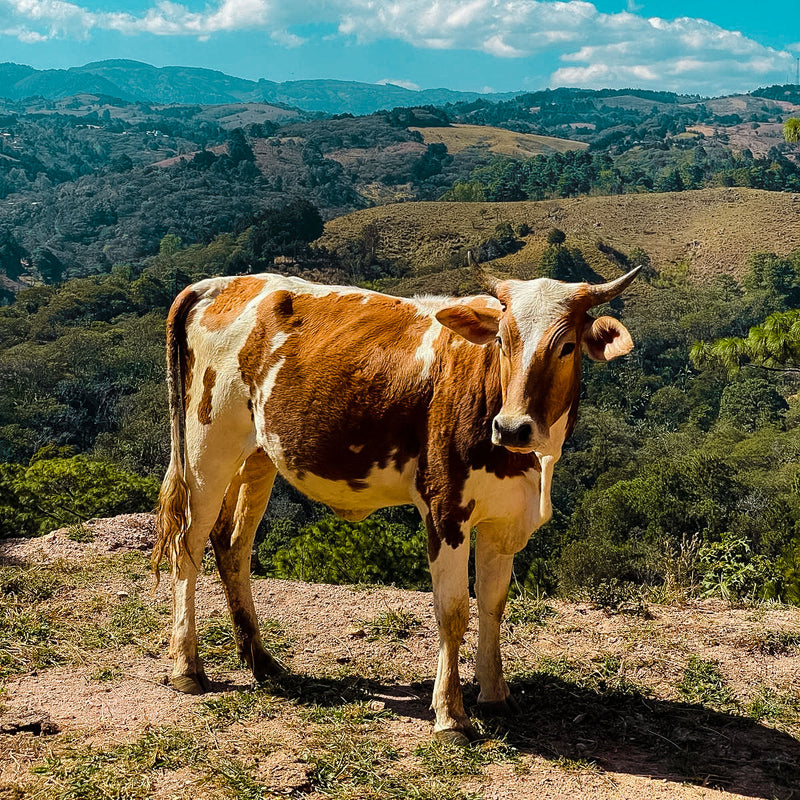
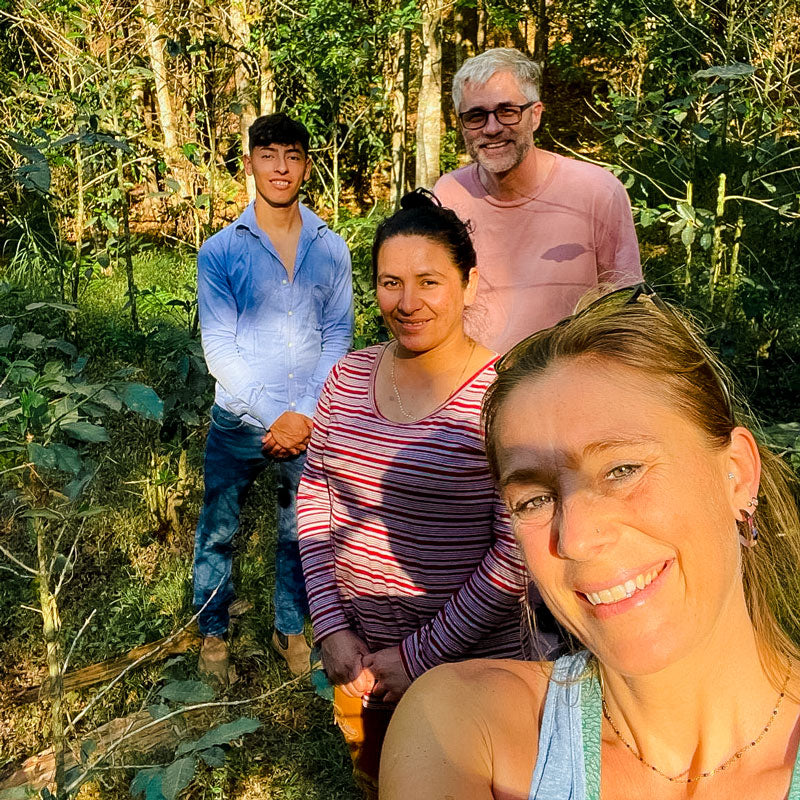
A little further on, we meet doña Elida. Unlike don Mario, very shy. She answers my questions, but is clearly impressed. During a short walk around her plantation, she explains that she also has a plot elsewhere. All her life, she has been doing this work. She learnt the craft from her parents and now continues it with her husband. She hopes to increase her production and sell more. She especially loves picking the berries - she prefers to leave the processing and drying to her husband.
When we are about to leave, she suddenly asks me some questions anyway. I had already introduced myself, but she hadn't exactly understood. She had never heard of Belgium and says she has not yet left her village. When I tell her that we also bought her coffee through Cafesmo, she really wants to have her picture taken with me.
Our last stop is at Arling's place. Arling started working on his father's farm when he was 13; ‘out of necessity, but he was much happier in the field than in a classroom,’ he smiles. Arling also made the trip to the United States to earn money. At 22, he returned and was able to buy the land he now works on. More and more, he works with Cafesmo, as their technical support has already been very important to him. So Arling learned about planting spacing for higher yields, avocado trees for extra income and the importance of shade cultivation. But also how to prepare micro lots.
Arling's plantation is often cited as an example when it comes to agroforestry practices
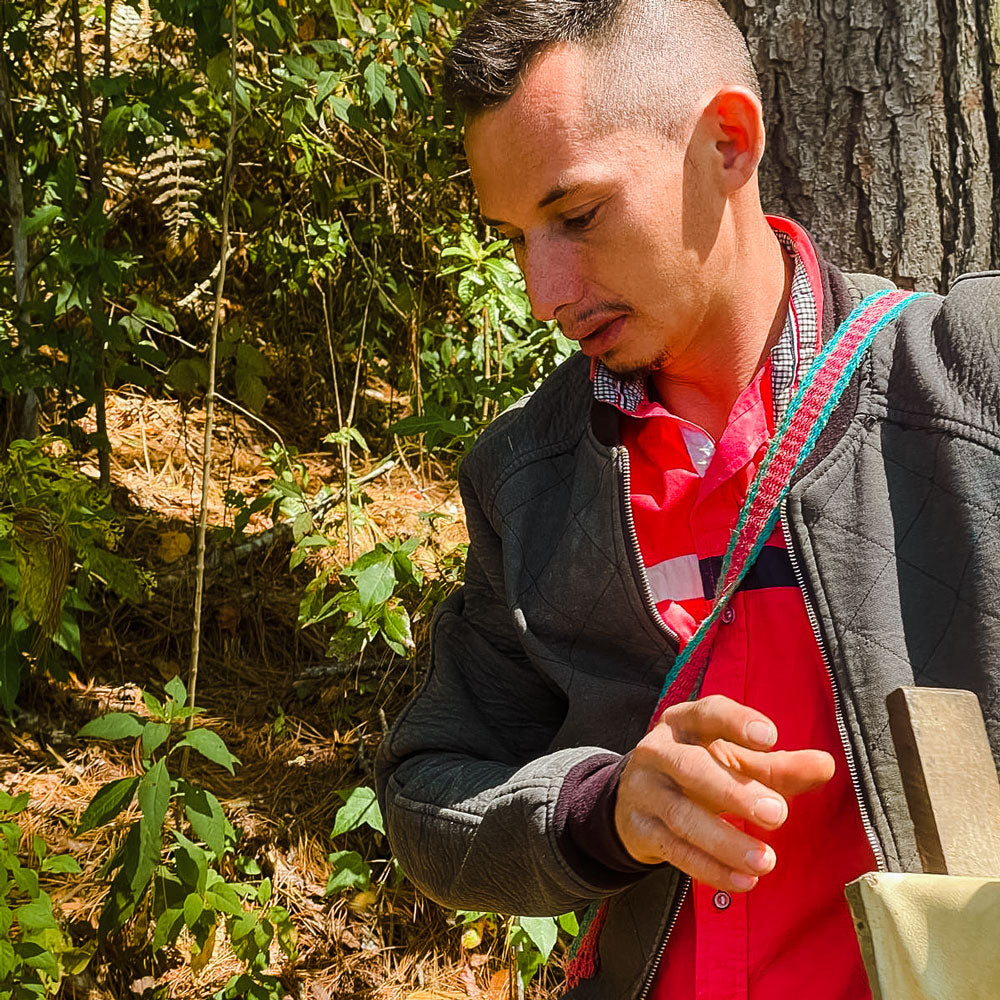
Later, I hear from Sebastian that Arling is hugely studious and ambitious, his plantation is often cited as an example when it comes to agroforestry practices. He may not have a degree, but when you hear him talk about his cultivation you quickly realise that you are talking to a highly intelligent and passionate producer. Arling wants to focus more on those high-end specialty coffees in the future, out of love for the craft, but also because more is being paid for these premium coffees.
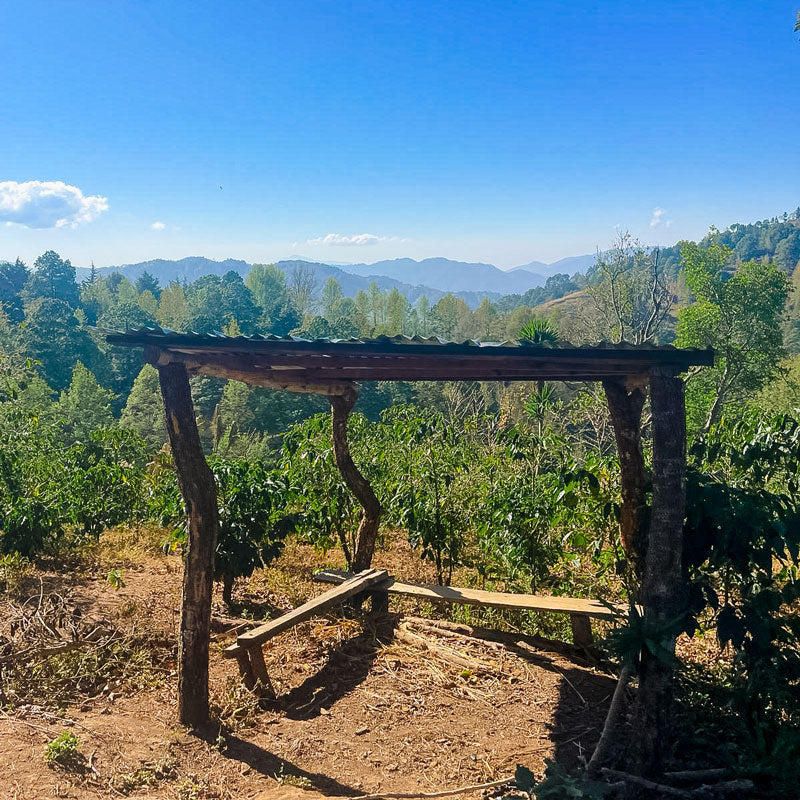
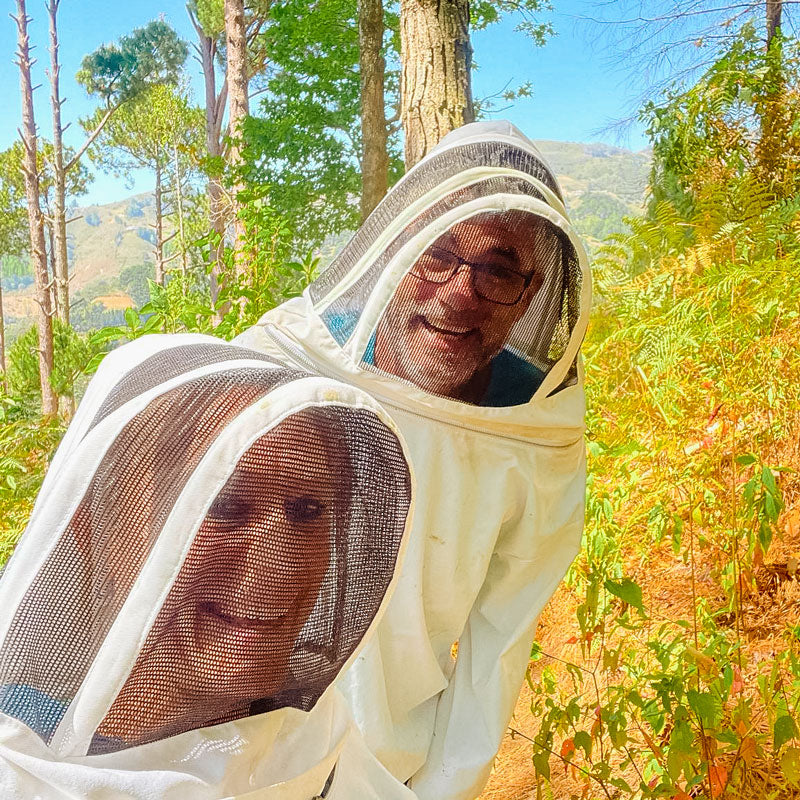
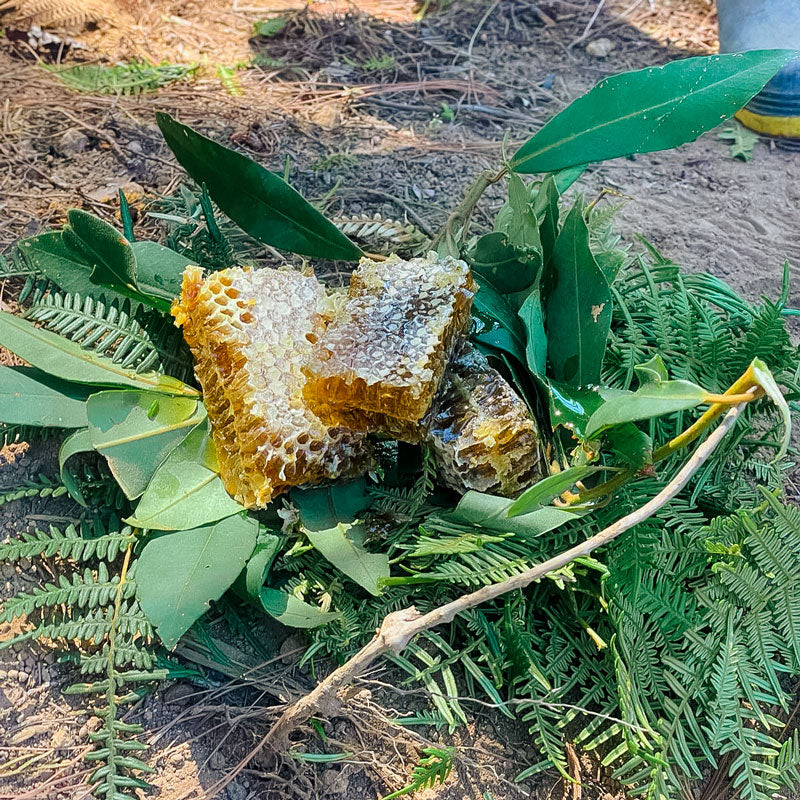
Particularly happy and proud
A major challenge in coffee-producing countries is that a lot of young people leave their countries to go and earn money. This leaves coffee plantations abandoned or with an old(er) generation. Cafesmo remarkably invests in young people and you can feel it. In the team itself but also with the farmers. The latter are once again starting to encourage their children to stay and not seek happiness/money elsewhere.
I am particularly proud of this Erapuca blend and strongly believe in the cooperation with Cafesmo. It is not just another cooperative, but clearly one where everyone is involved to improve quality and increase revenue. The young team, as well as people like Hidardo and Sebastian, know what they are doing and their ambitions and passion are absolutely worth supporting. With this coffee, we can mean something, at least for these 17 producers!

